What is Manuka honey?
Manuka honey is made from the nectar foraged from the Leptospermum family of plants. Bees collect the nectar from these plants to produce Manuka honey. Different varieties and locations of the Leptospermum plants create different strengths of Manuka honey. The Leptospermum group of plants, with over 83 known species, is endemic to Australia and can be found in many different ecosystems throughout the continent. What makes Manuka honey unique is the high levels of Methylglyoxal (MGO). MGO is a compound that gives the honey its long lasting antibacterial and antimicrobial properties. Manuka honey should be cold extracted and processed without heating for it to retain its natural beneficial compounds.
Benefits & Uses of Manuka honey
Manuka honey can be used for a range of topical and internal ailments as well as for an everyday health booster or a natural tasty treat.
Internal uses
- Treatment for digestive conditions such ulcers, gastritis, IBD and IBS.
- Soothing for coughs, colds, flu and sore throat.
- Taken as prebiotic to promote the growth of good gut bacteria, naturally boosting the microbiome and immune system.
- Oral care for preventing plaque formation and treating ulcers and oral bacteria.
Topical uses of Manuka honey all include the cleansing of the skin and promotion of the growth of healthy skin cells.
- Wound dressing and healing for cuts and abrasions.
- Burn dressing and healing, Manuka honey cleans the burn wound and keeps it moist whilst healing.
- Treatment of skin conditions such as skin irritation, acne and diabetic ulcers.
Daily use
Manuka honey is a great daily health supplement on a teaspoon, in smoothies, on toast or muesli. It can also be used as a natural cleansing facial applied directly onto a moisten face.

What is Regular honey?
Regular honey is honey that is mostly sold in supermarkets. This honey is often a blend from several floral sources and is pasteurised. This means the honey is blended and heated to create a uniform product that does not crystallise. The heating of the honey can destroy the naturally occurring enzymes, antioxidants and other beneficial compounds.
Benefits & Uses of Regular honey
The benefit of heated and pasteurised honey is that it is a standardised product which can be sold on a mass scale in supermarkets. Customers can purchase honey with the same characteristics and it will not crystallise.

What is Raw honey?
Raw honey refers to any honey that has been cold extracted from the frame and not heated or pasteurised over 40C. Quality Manuka honeys are all raw honey. Raw honey retains the naturally occurring compounds, enzymes, antioxidants and phenolic compounds; these are responsible for the variety of tastes and textures of the honey. Raw honey changes with the seasons and what is flowering in each season. Beekeepers often move their bees to different sites based on what is flowering and then collect different varieties of honey. Some of our raw honey flavours include Coastal Heath, Macadamia, Eucalyptus and Red Banksia.
Raw honey may crystallise. This is when the honey hardens as the sugars in the honey begin to form small crystals. Some people prefer their honey crystallised and others prefer it soft and runny. It is easy to gently warm the crystallised honey jar in warm water to make it soft again. The crystallisation is a sign of a good quality raw honey.
Benefits & Uses of Raw honey
- Raw honeys have health benefits, given to it by the presence of antioxidants, phenolic compounds and enzymes in the honey. These give raw honey the many properties that help protect the body. Such as assisting with oxidative stress and free radical damage.
- Most raw honeys have some short-term antibacterial properties as they contain naturally occurring hydrogen peroxide.
- Raw honey can also act as a prebiotic which means it nourishes the gut by promoting the growth of good gut bacteria. Improving the microbiome has a range of benefits for our health and wellbeing.
- Raw honey is a great alternative to sugar and is a healthy natural sweetener.
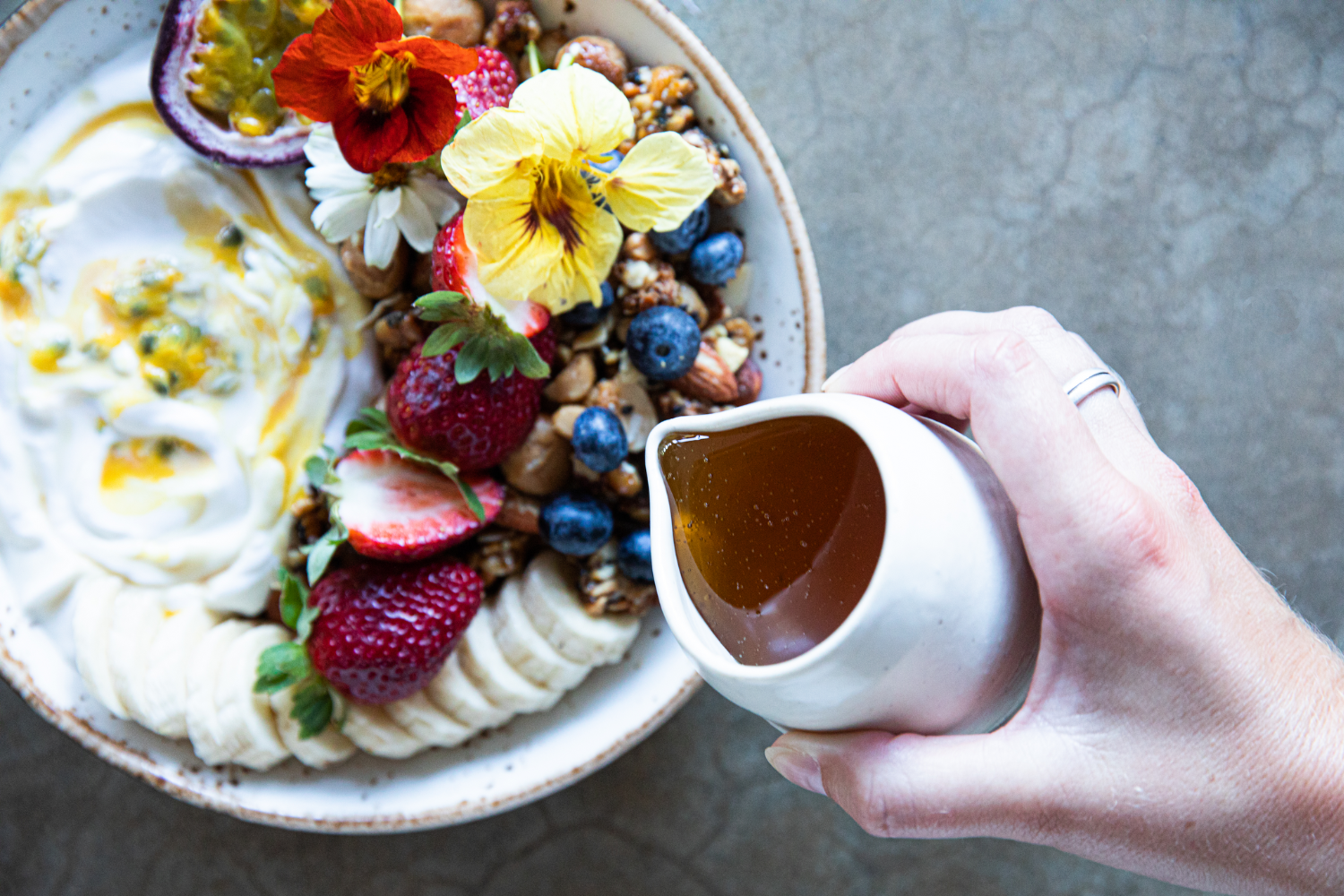
What are the key differences between Manuka honey, Regular honey and Raw honey
The key difference is that raw Manuka honey contains an additional compound called MGO compared to other raw honeys. While raw honeys do have health benefits, the MGO in Manuka honey gives it additional antibacterial strength and longer lasting healing properties.
Regular honey however is essentially a sugar syrup with most of the natural health benefits lost when the honey is heated. Naturally raw unheated honey retains its many health benefits and may crystallise.
Taste and flavour
Some Australian Manuka honeys have a delicious caramelly taste, with a hint of cinnamon while other Manuka honeys may have a slightly bitter taste.
Regular pasteurised honey should have a consistent taste and flavour and colour as this is the aim of the heating and blending process.
Raw honey will have a different taste and flavour depending on the type of flower the honey has come from.
Colour and consistency
Manuka honey has a range of colours depending on which Leptospermum plant the bees collect the honey from. Usually, Manuka honey has a dark golden amber colour and can range in consistency from a medium runny to a thick jelly like honey. Jellybush is the colloquial term used by beekeepers on the east coast of Australia for the thick honey coming from Leptospermum plants. Generally, the stronger the MGO in the honey the more jelly like the honey. Some Manuka honey is creamed as it stops the crystallisation while retaining the beneficial compounds. This gives the honey a soft and creamy consistency.
Regular pasteurised honey generally has the same runny consistency and a chosen mid-range colour and will not crystallise.
Raw honey comes in many colours and consistencies. Ranging from clear, light yellow to dark amber and all the colours in between. Raw honey also comes in different consistencies from very soft and runny, to thick and slow moving. Raw honey may also crystallise or may be creamed.
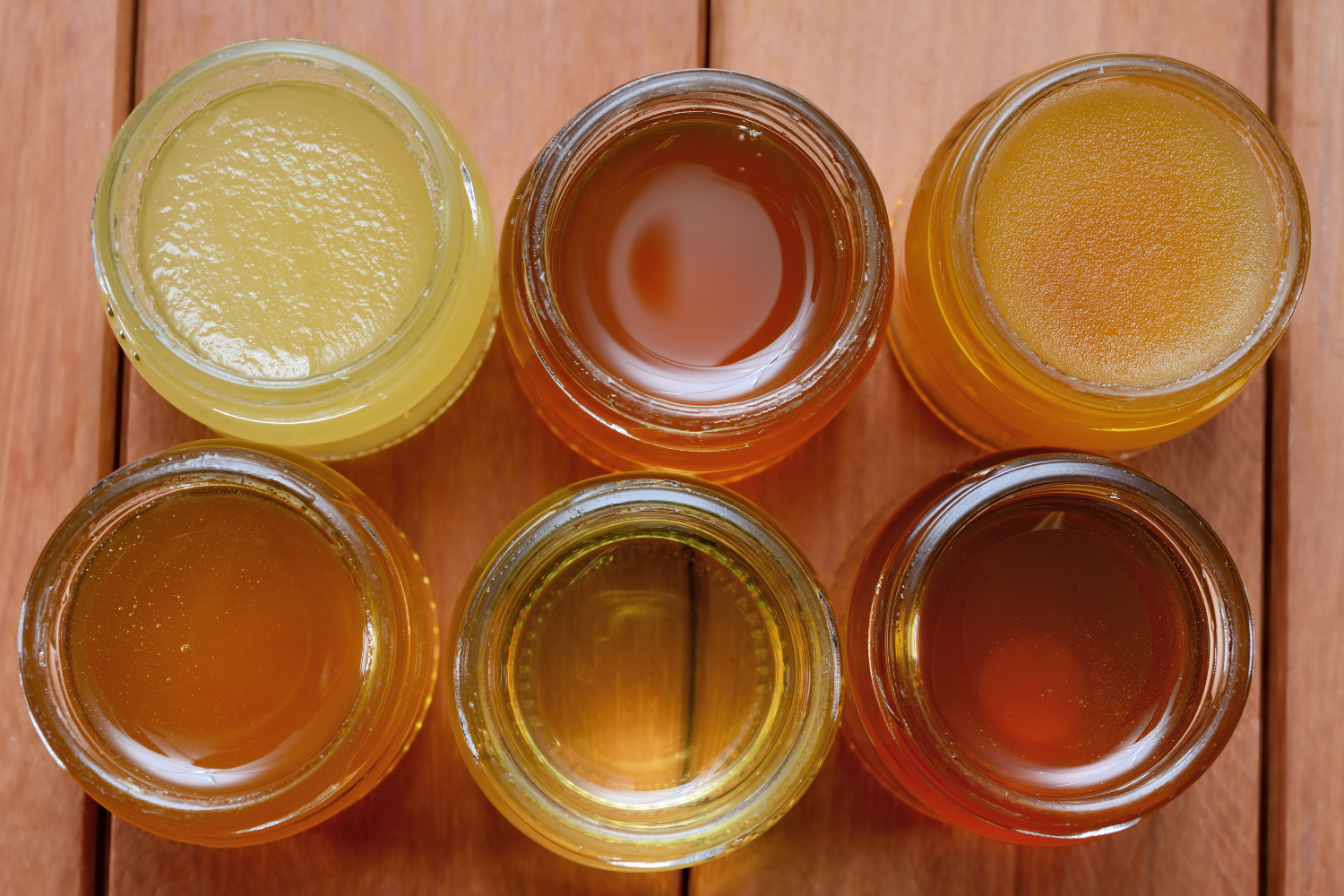
Where it comes from and how it’s made
Bees collect nectar from flowers and use enzymatic processes to convert the nectar into honey. The bees make honey as a food source to store in their hives in the event that they are unable to forage.
Beekeepers collect the honey, leaving enough honey in the hive so the bees always have plenty to eat and thrive. Raw honey uses a slower cold extraction method to get the honey out of the frames. The honey is then strained through a fine sieve to take out small lumps of wax. Raw honey will contain pollen as the honey is not subjected to microfine filtration.
Manuka honey is usually stored for a period of time before jarring. This allows the MGO to mature and ripen. Quality Manuka honey is also tested at independent laboratories to give an accurate MGO level.
Regular pasteurised honey might be extracted using a higher heat method. This makes the honey much more liquid so it can be processed quickly for the purpose of producing larger batches of consistent honey.
Long term viability and security of the Australian Beekeeping Industry
Most countries in the world produce their own honey and may also import honey from other countries. Imported honey from some regions of the world have been made from rice syrup and other counterfeit products. There are tests available in Europe to test whether the imported honey is pure honey or is made from these other sources. The imported counterfeit honey may then be blended with local honey and sold. Imported honey can cost as low as $2 to $3 per kilo to produce while in the importing countries it may cost the beekeeper $5-6 per kilo to produce their local honey. This can devalue and disrupt the local honey economy and market. The Australian Honey Bee Industry Council (AHBIC) is the National Representative Body for the honey bee industry. The AHBIC has created the Imported Honey Fighting Fund. This fund has been created to lobby the Government to improve imported honey testing in Australia to ensure and promote the long-term viability of the Australian produced honey.
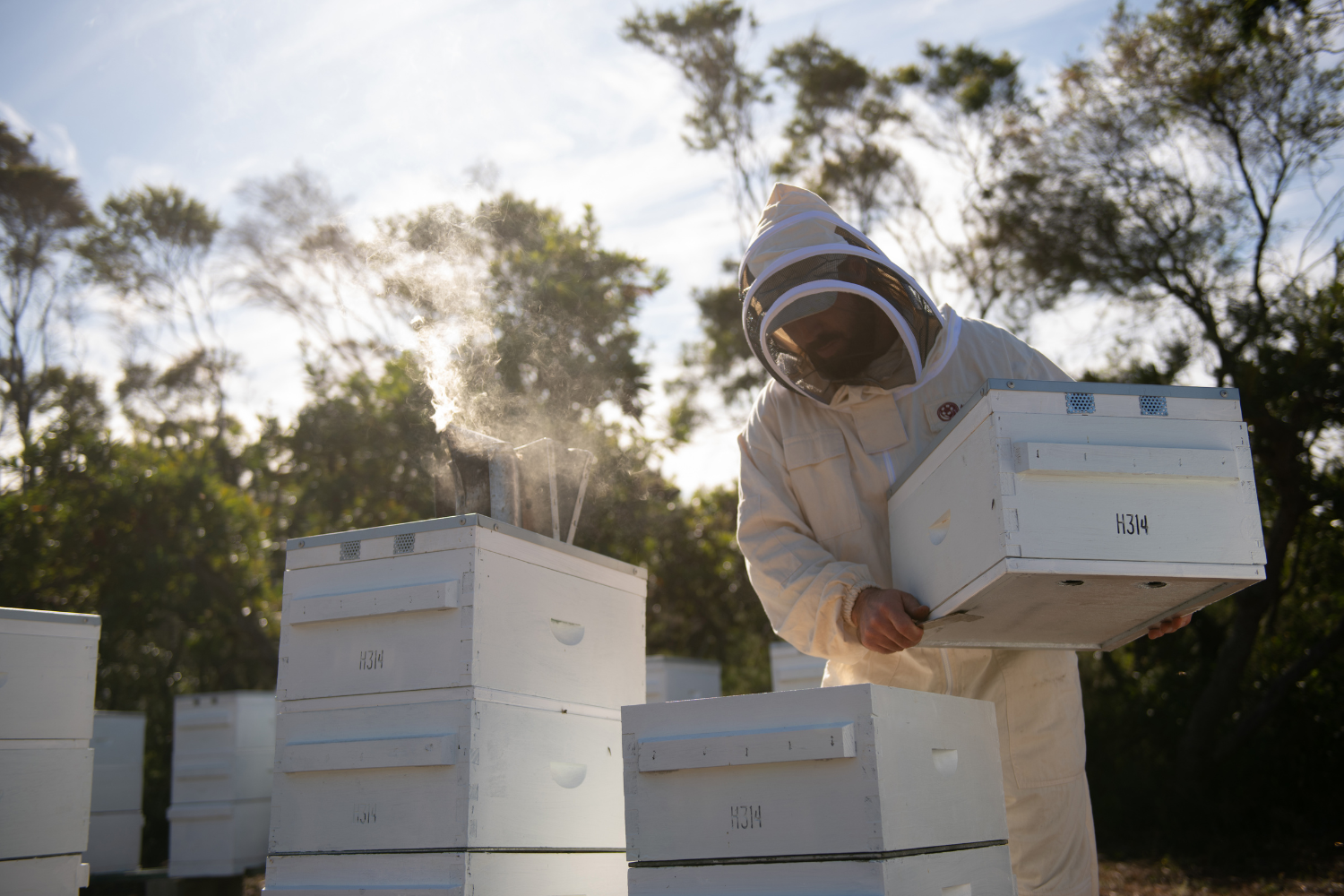
Cost to buy
Regular pasteurised honey is by far the lowest cost honey. This is because it is cheaper to produce on a mass scale and may contain imported honey.
Manuka honey is more expensive as it is more costly to produce for few reasons including:
- Accessing the small flowering window of the Leptospermum plants,
- Extracting the raw jelly like honey is slower,
- Accessing sites where Leptospermum plants grow,
- Storing the honey for a longer period to allow for it to mature,
- Independent laboratory testing of the MGO strength.
Raw honey is usually more expensive than pasteurised honey but cheaper than Manuka honey. There are many beneficial compounds in raw honey, however, it is unlikely to have MGO present.
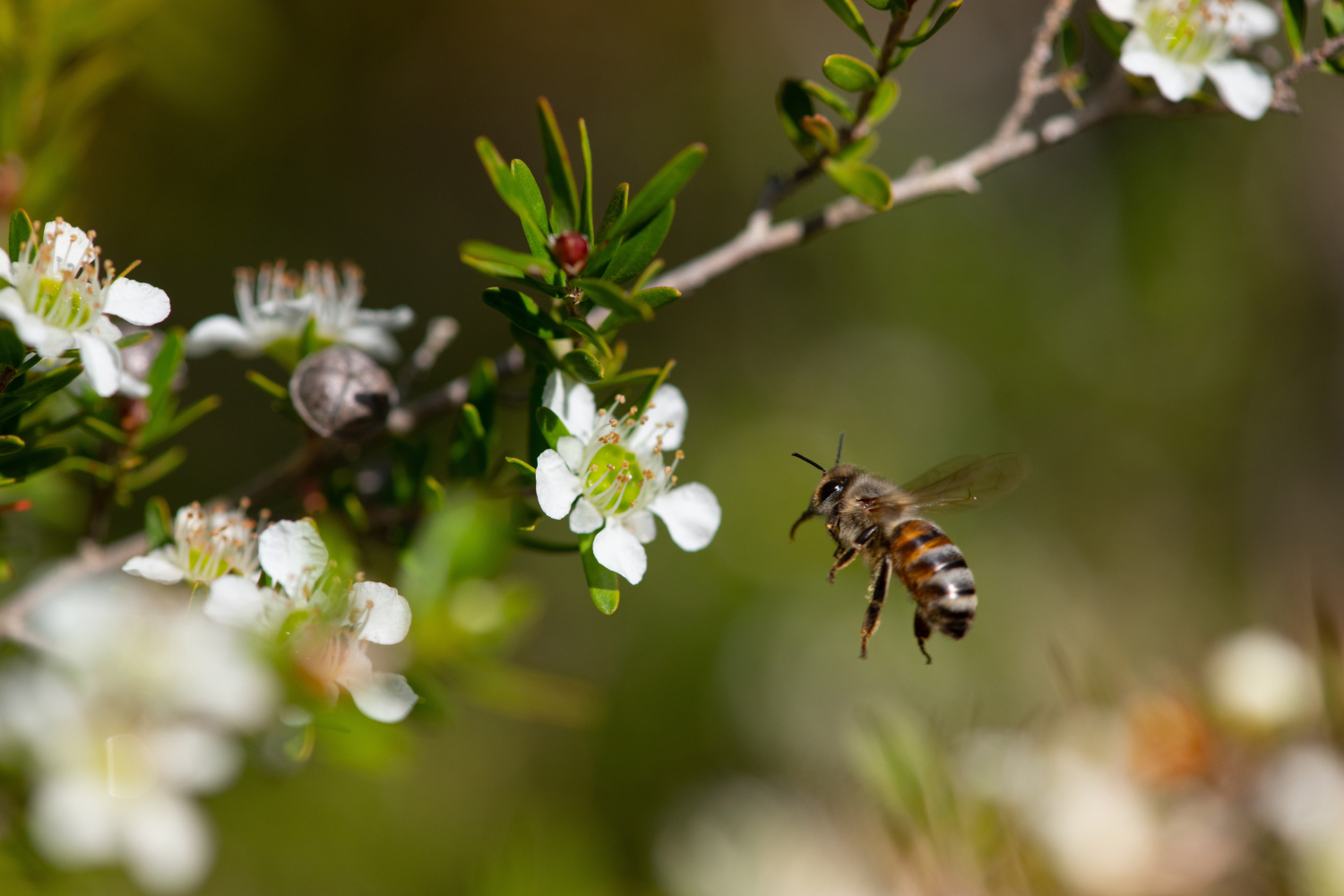

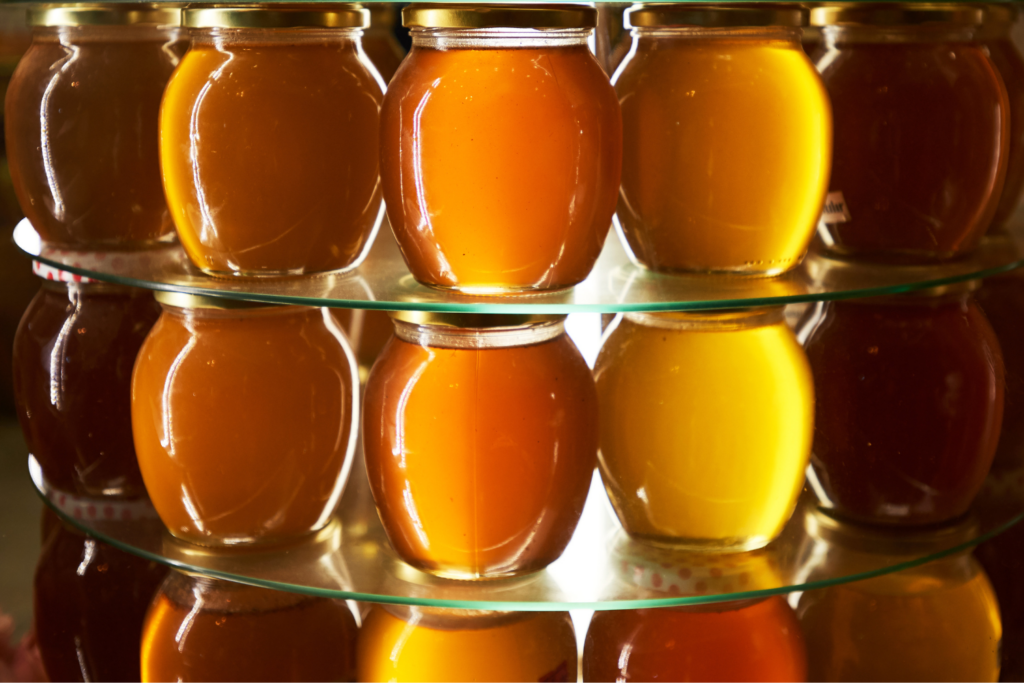

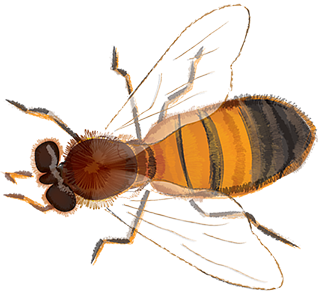

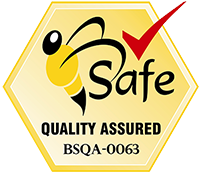

i bought MGO1200+ for my mild gastrists gut health. My doctor approves the use of this product. How would you recommend taking this mgo 1200+ ? How many teasppons a day ? And is it better to take it with empty stomach ?? Thank you.
Hi Karen thank you for your comment, yes this honey is great for a condition like mild gastritis. Taking one teaspoon three times a day on an empty stomach to really nip it in the butt. You can also take as required if you are having discomfort. You can take on a piece of toast as well if that works better for you. We wish you a speedy recovery!